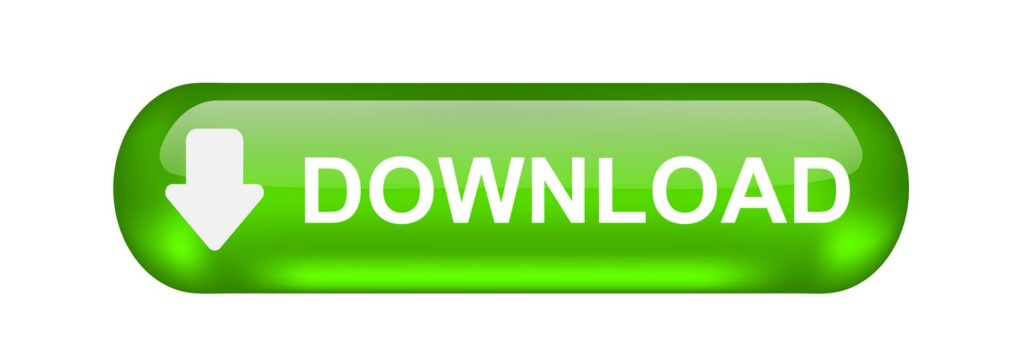STANDARDS-BASED EDUCATION IMPLEMENTATION GUIDE
| READY TO CHANGE | BUILD BACKGROUND KNOWLEDGE | IDENTIFY AND DEVELOP | MOVING FORWARD | FULL IMPLEMENTATION | CONTINUED REFINEMENT |
| Key stakeholders (Superintendent, Curriculum Department, Principals, Teachers) attend standards-based workshops in order to collaboratively experience and contribute to a growing understanding of SBE to achieve mastery learning. Key stakeholders begin to think about and draft a timeline for the implementation of SBE. Key stake holders engage a team of union, conference and school leaders to begin the process of implementing SBE | Teachers and administrators across an organization participate in training in order to learn key concepts, background information on the relevancy, importance, and practices of using prioritized standards to achieve mastery learning. Teachers and administrators across an organization take time to discuss their understanding and reactions to the philosophy of SBE. Teachers and administrators across an organization take time to discuss how the adoption of the philosophy of SBE fits into other current and/or future curriculum, instruction, assessment, and intervention practices of that organization. Address how SBE fits with existing resources, electronic gradebooks and expectations of professional learning teams. Establish and train the guiding team. | Reinforce common vocabulary and talking points. Begin writing/revising proficiency scales. Implement conference/school based professional development. Draft preliminary standards-based education talking points and FAQs. Begin parent and community communication and higher-ed connections. Begin creating common assessments. Align and create assessments or benchmarks A delivery system for teachers to access and view the chosen prioritized standards is developed and teachers and administrators are given professional development on how to use this system. An agreed upon timeline is created on the expectations for implementation of standards-based practices by sequence of grade levels and/or core subjects. Teachers and other administration continue to engage in additional study and discussion of the chosen prioritized standards in order to increase understanding and familiarity of concepts and NAD standards. Key contacts are identified and communicated to as such for questions and help related to the understanding and implementation of SBE. Integrate SBE into existing resources. Establish and begin implementation of a peer-review process for teacher-created documents. Implement professional development on next steps in SBE. Form online networking groups | Implement targeted parent communication efforts. Create universal understanding of proficiency scales. Teachers begin to lesson plan for and teach the prioritized standards based on agreed upon expectations for implementation by grade level and/or subject. Prioritized standards for a given time period (by quarterly benchmark, for example) begin to be clearly posted within the classroom. Daily student friendly learning objectives for lessons begin to be clearly posted and verbally communicated to students based on agreed upon expectations for implementation by grade level and/or subject. Teachers and key stakeholders frequently meet to discuss and support the implementation progress on the philosophy of SBE. Administration and key teacher leaders meet to discuss possible ways to evaluate teachers, give feedback, and provide support for teaching the prioritized standards to mastery. Revise report cards for grades 1-8 to be used the following year. Design new kindergarten report card. Create proficiency scales for life skills. Build portfolios that highlight scale and assessment creation and standards-based grading experiences. Provide evidence of students tracking their own learning. | Produce a staff, parent, and community video about SBE. Collect feedback about new report cards for teachers, parents and students. Collect feedback from staff through surveys, meetings and conferences. Teachers consistently lesson plan for and teach the prioritized standards based on agreed upon expectations for implementation by grade level and/or subject. Prioritized standards for a given time period (by quarterly benchmark, for example) are consistently and clearly posted within the classroom. Daily student friendly learning objectives for lessons are clearly posted and verbally communicated to students on a consistent basis. Teachers and key stakeholders frequently meet to discuss and support the implementation progress on the practices and philosophies of SBE. Time is incorporated into the schedule that allows teachers consistent opportunities to discuss prioritized standards in terms of lesson planning, identification of resources, instructional techniques, assessments, data, and interventions. Systems are created and implemented to evaluate teachers, give feedback, and provide support for teaching the prioritized standards to mastery. Implement new report cards for grades 1-8 & Pilot high school report card. | Frameworks are put in place to effectively deal with changes to SBE, which includes collaboration to gain agreement on new standards, ways to crosswalk old and new standards, ways to identify “Gap” performance objectives between new and old standards, creation of a plan to address “Gap” standards, and communication of and access to these new standards is provided to teachers and administration. Using surveys, measure the buy-in, levels of use and concerns and provide interventions. Ongoing professional development is provided for all new and existing staff on the philosophy of SBE and how it fits into the model for curriculum, instruction, assessment, and intervention. Ongoing discussion takes place on how to improve upon current and future practices regarding the use of SBE. SBE goals communicated to all parents in a variety of ways: curriculum nights, teacher newsletters, school newsletters, class or school websites, blogs, progress reports, report cards, etc. |
